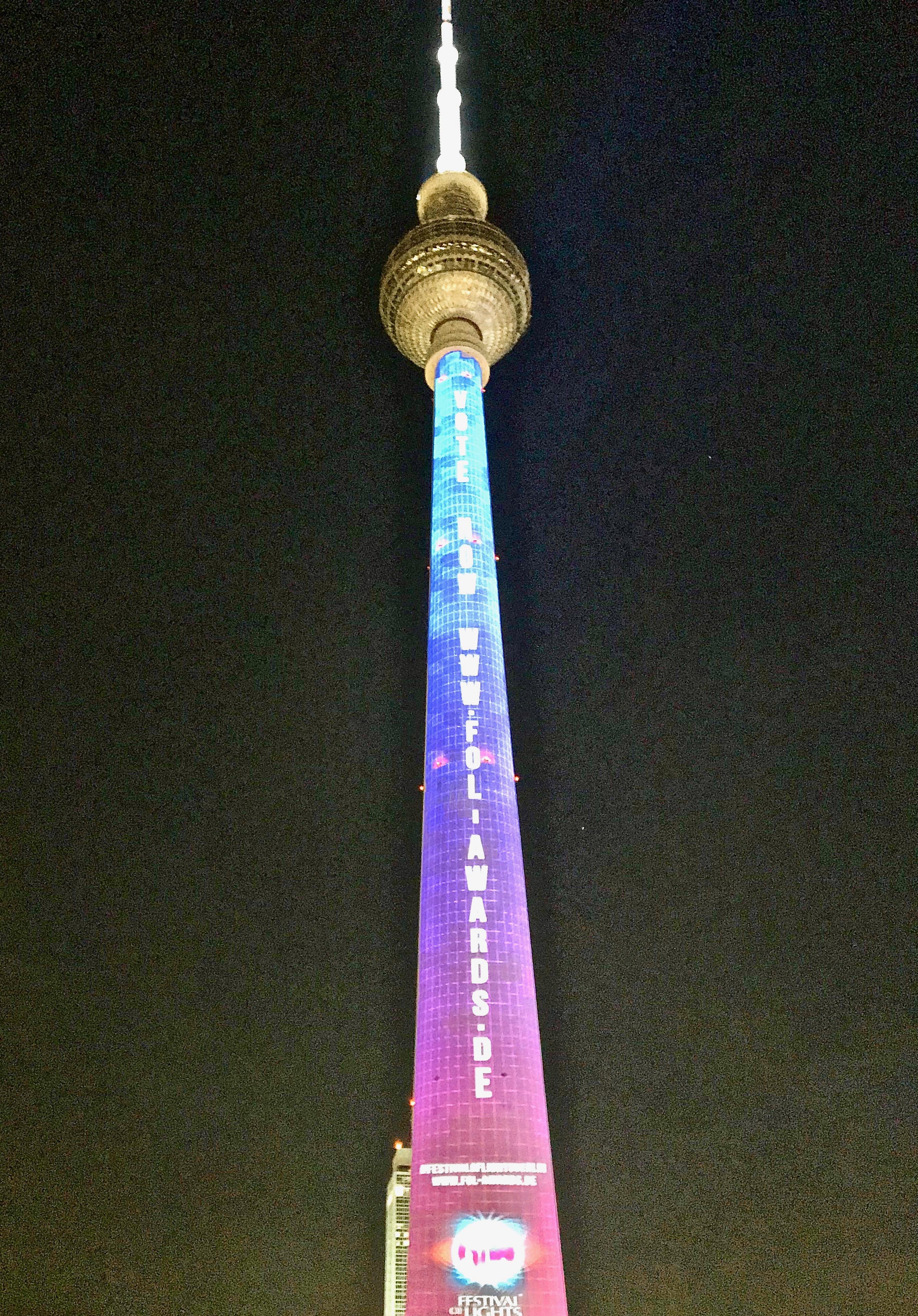SaphenionScience: Ergebnisse VenaSeal®-Multicenterstudie
SaphenionScience: Ergebnisse VenaSeal®-Multicenterstudie – Ziel und Methode, Resultate, Schlussfolgerungen und Diskussion der Langzeitstudie.
Endovenöse Kathetertechniken (Laser Radiowelle, Heissdampf, Venenkleber) haben sich bei der Behandlung inkompetenter Stammvenen (Saphena magna/ Saphena parva / Akzessoriavenen) als wirksam erwiesen. Die nicht tumeszente, nicht thermische und nicht sklerosierende VenaSeal ™ -Verschlusstechnik hat sich seit 9 Jahren zu einer etablierten Behandlungsmethode entwickelt. Berichte, die sich auf die Langzeitbeobachtung und – Ergebnisse konzentrieren, sind jedoch selten.





